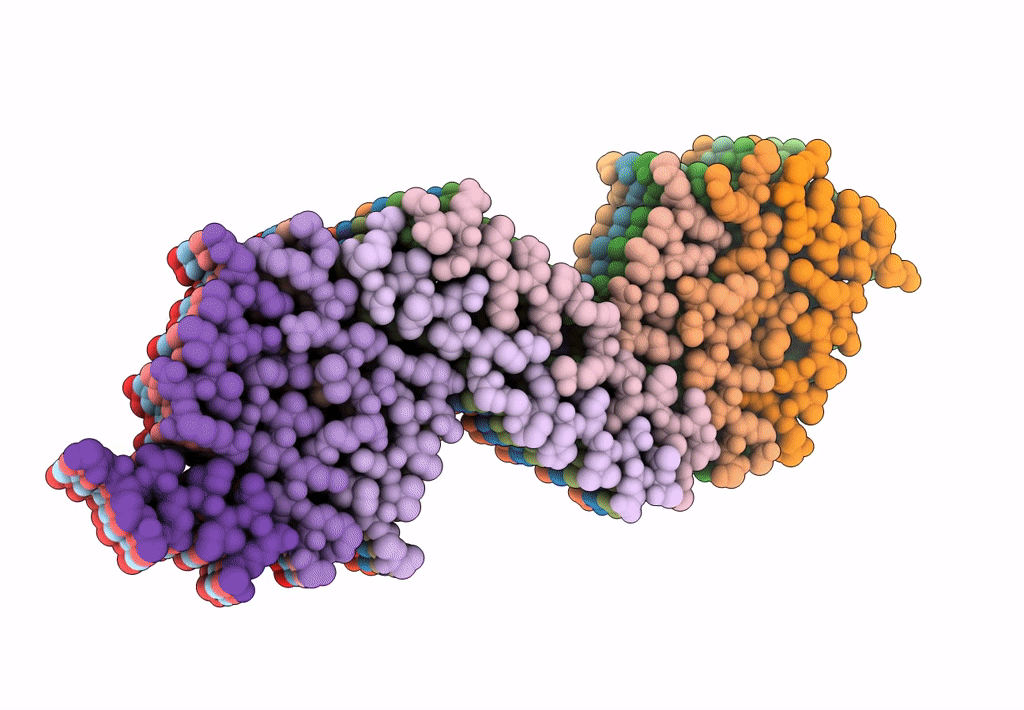
Deposition Date
2022-12-29
Release Date
2023-06-28
Last Version Date
2024-10-23
Method Details:
Experimental Method:
Resolution:
3.88 Å
Aggregation State:
FILAMENT
Reconstruction Method:
HELICAL


